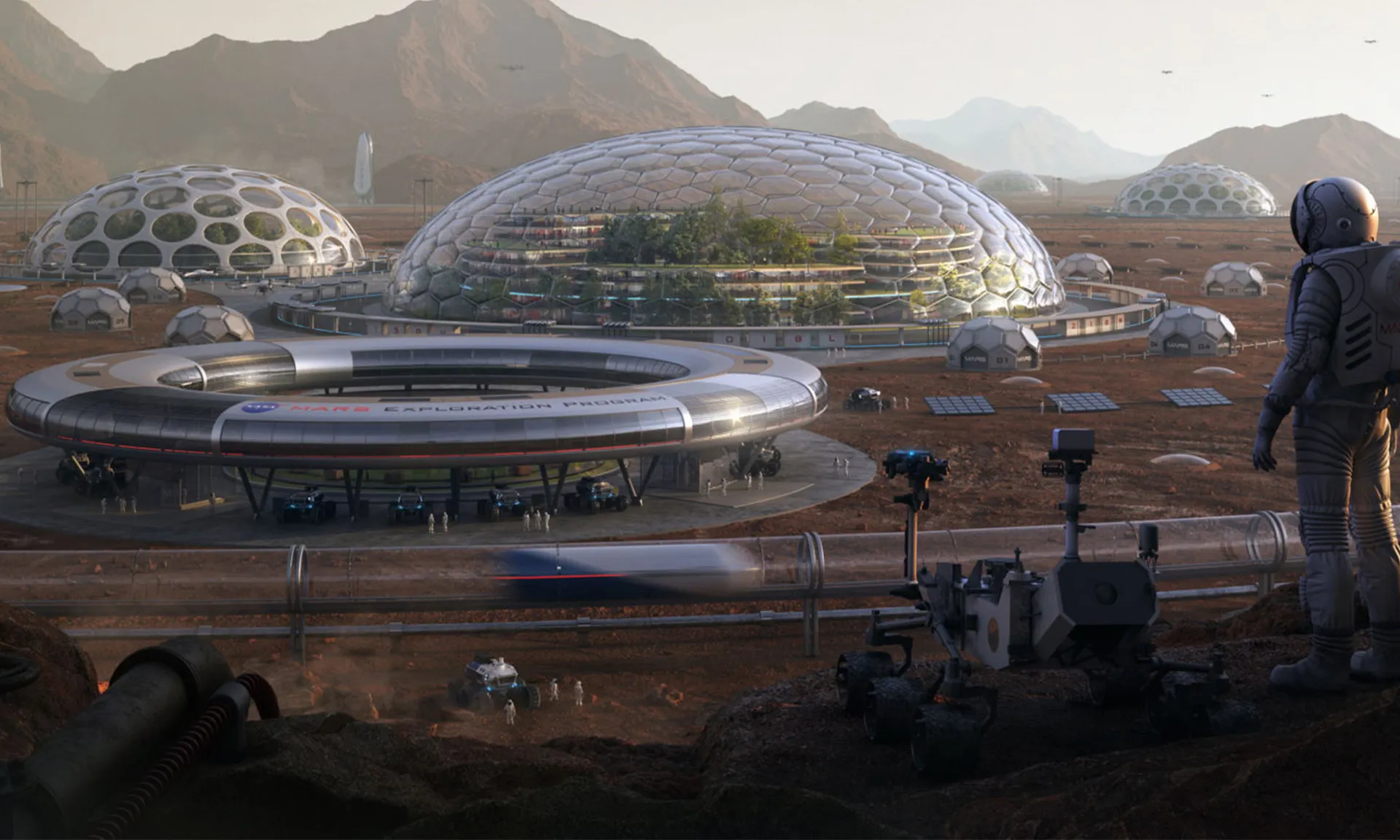Designs on Space
Space travel became more plausible once the TV and film set designers got involved and made it look comfortable. This could be the reason that people believe that the moon landings were all a Hollywood hoax--it was designers like Syd Mead, Jacques Fresco, George Melies and other futurists that made it seem like it was only a matter of time before we'd be living in that world. That's what artists and designers do; they show possible futures. (Bucky Fuller called it "anticipatory design science".)
David Bowie was kind of a futurist, but more of a realist. For him space travel was about loneliness and isolation, and he designed his art and life around those themes, without suggesting that it was anything more than a prop--not a literal construct for the look of the future in general, or his own future. The point was how to use one's inner life, or inner space travel as transcendence.
We understand by now that months or years of space travel would be a real slog. But that's not an interesting look or interesting story for a feature film. That's why we need artists, which feed ideas into the science that could objectify it.
Reality TV in space is actually interesting. The production design in the recent film "Passengers" was part hospital diagnostic imaging lab done with an art deco/Johnson Wax building vibe, and the outside, the cast iron hull of the Titanic as a metaphor.
Elon Musk is in some ways a designer of a future in space, using the accumulated futurist design ethos over the past century, by Syd Mead and others. That's an exciting vision, yet might lead to an anti-climax or a bathetic reality, or the Mars colonies might actually look like it does in film.


